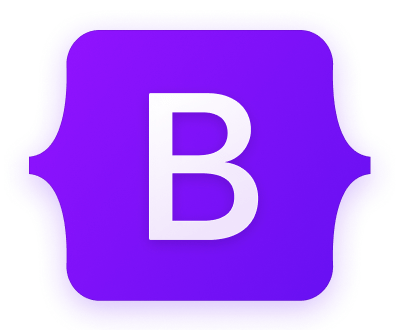Design Philosophy
- bootstrap:
Bootstrap follows a mobile-first approach and emphasizes a grid system that allows for responsive design. It provides a comprehensive set of UI components and utilities that are consistent and easy to use, making it suitable for a wide range of applications.
- bulma:
Bulma is built on Flexbox, which allows for more flexible and responsive layouts. Its design philosophy focuses on simplicity and readability, providing a clean aesthetic that is easy to customize and adapt to different projects.
- materialize-css:
Materialize CSS is based on Material Design, which emphasizes depth, shadows, and animations to create a more engaging user experience. It provides components that are designed to look and feel like physical objects, enhancing usability.
Customization
- bootstrap:
Bootstrap allows for extensive customization through its Sass variables and mixins. Developers can easily override default styles and create a unique look for their applications while still leveraging the framework's components.
- bulma:
Bulma is highly customizable and modular, allowing developers to import only the components they need. Its use of Sass makes it easy to adjust variables and styles to fit specific design requirements without bloat.
- materialize-css:
Materialize CSS provides customization options through Sass variables, but it is more opinionated in its design. While you can customize it, the framework encourages adherence to Material Design principles, which may limit flexibility for some projects.
Component Library
- bootstrap:
Bootstrap offers a vast library of pre-built components, including modals, carousels, alerts, and more. This extensive component library makes it easy to implement common UI elements without having to build them from scratch.
- bulma:
Bulma provides a simpler set of components focused on essential UI elements. While it may not have as many components as Bootstrap, it covers the basics well and allows for quick development of clean interfaces.
- materialize-css:
Materialize CSS includes a rich set of components that are designed to work seamlessly with Material Design. It offers unique components like cards and floating action buttons that enhance the user experience.
Learning Curve
- bootstrap:
Bootstrap is relatively easy to learn, especially for developers familiar with HTML and CSS. Its extensive documentation and large community make it accessible for beginners and experienced developers alike.
- bulma:
Bulma has a gentle learning curve due to its straightforward syntax and clear documentation. Developers can quickly grasp its concepts and start building responsive layouts with minimal effort.
- materialize-css:
Materialize CSS may require a bit more time to learn due to its adherence to Material Design principles. Understanding the design philosophy is essential to effectively utilize its components and achieve the desired look.
Community and Support
- bootstrap:
Bootstrap has a large and active community, which means plenty of resources, tutorials, and third-party plugins are available. This support can be invaluable for troubleshooting and enhancing projects.
- bulma:
Bulma has a growing community, but it is smaller compared to Bootstrap. While there are resources available, developers may find fewer third-party plugins and tutorials.
- materialize-css:
Materialize CSS has a moderate community presence. While it offers good documentation, the availability of third-party resources and plugins is less extensive than Bootstrap.














